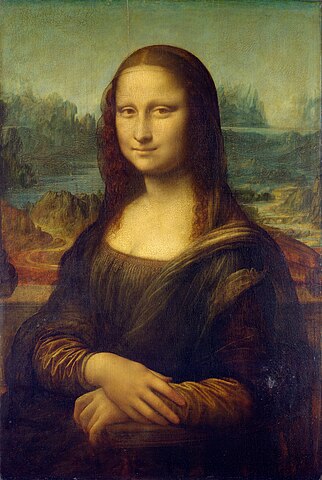“The Mona Lisa” is one of the most famous and iconic works of art in the world. Created by the Italian Renaissance artist Leonardo da Vinci, the painting is known for its enigmatic smile, exquisite detail, and the aura of mystery that surrounds it. Exploring the history of the Mona Lisa is a journey that takes us through time, revealing the story behind this masterpiece.
Creation of the Mona Lisa:
Leonardo da Vinci began working on the Mona Lisa in the early 16th century, and it is believed to have been completed between 1503 and 1506. The subject of the painting is Lisa Gherardini, the wife of Florentine merchant Francesco del Giocondo, which is why the painting is also known as “La Gioconda” in Italian.
Location:
The Mona Lisa is currently housed in the Louvre Museum in Paris, France. It has been in the Louvre since the French Revolution, and it is displayed in a climate-controlled, bulletproof glass case to protect it from damage and theft.
Theft and Recovery:
In 1911, the painting was stolen from the Louvre by an Italian handyman named Vincenzo Peruggia. It remained missing for over two years until it was recovered in Italy. This theft contributed to the painting’s fame and made it even more iconic.
Mona Lisa’s Smile:
The subject’s enigmatic smile has been a subject of fascination and debate for centuries. People have speculated about the meaning behind her expression, and it continues to be a source of intrigue for art enthusiasts and scholars.
Artistic Techniques:
Leonardo da Vinci’s artistic techniques in creating the Mona Lisa are remarkable. He used sfumato, a technique involving the delicate blending of colors and tones, to create soft transitions and gradients in the painting. This technique contributes to the painting’s lifelike quality.
Leonardo’s Notebook:
Leonardo da Vinci kept extensive notebooks where he made sketches and wrote his thoughts on art, science, and many other subjects. These notebooks provide valuable insights into his artistic process and are a significant resource for understanding the Mona Lisa.
Theories and Controversies:
Over the years, various theories and controversies have emerged surrounding the Mona Lisa. These range from speculation about the identity of the subject to hidden messages within the painting. Some even claim that the Mona Lisa is not a portrait but an allegorical representation of something else.
Famous Visitors:
The Mona Lisa has attracted countless visitors from around the world. It has been viewed by famous personalities such as Napoleon Bonaparte and was a source of inspiration for artists like Salvador Dalí.
Cultural Impact:
The Mona Lisa has had a profound impact on popular culture. It has been parodied and referenced in literature, film, music, and advertising, making it a truly iconic image.
Preservation and Research:
The Louvre Museum continues to invest in the preservation and research of the Mona Lisa. Advanced imaging techniques and studies have helped uncover more details about the painting and its history.
The history of the Mona Lisa is a fascinating journey that combines art, culture, and intrigue. It remains a testament to Leonardo da Vinci’s genius and continues to captivate the world with its timeless allure.










